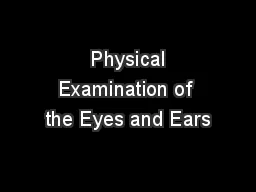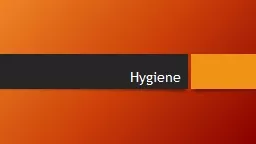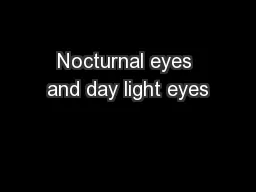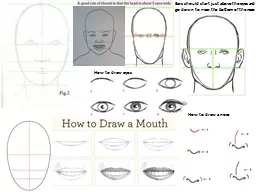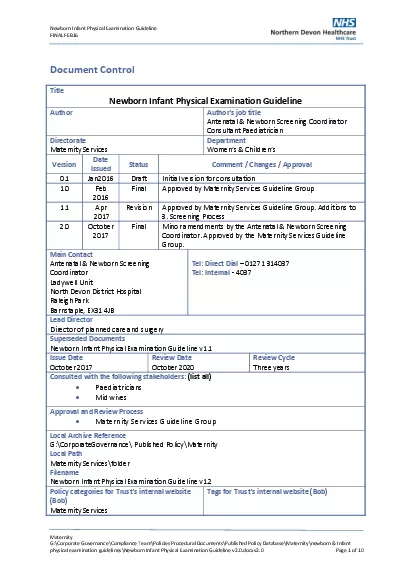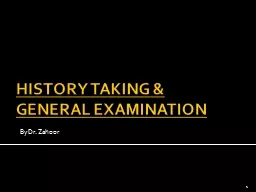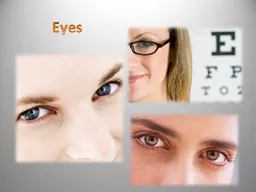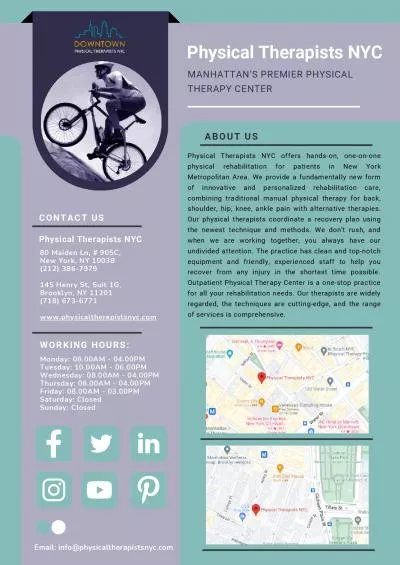PPT-Physical Examination of the Eyes and Ears
Author : olivia-moreira | Published Date : 2020-04-02
Specific Objectives Lacrimal glands of the eye Lacrimal glands of the eye Subjective Data Health History Questions Testing Central Visual Acuity Snellen Eye Chart
Presentation Embed Code
Download Presentation
Download Presentation The PPT/PDF document " Physical Examination of the Eyes and Ea..." is the property of its rightful owner. Permission is granted to download and print the materials on this website for personal, non-commercial use only, and to display it on your personal computer provided you do not modify the materials and that you retain all copyright notices contained in the materials. By downloading content from our website, you accept the terms of this agreement.
Physical Examination of the Eyes and Ears: Transcript
Download Rules Of Document
" Physical Examination of the Eyes and Ears"The content belongs to its owner. You may download and print it for personal use, without modification, and keep all copyright notices. By downloading, you agree to these terms.
Related Documents

